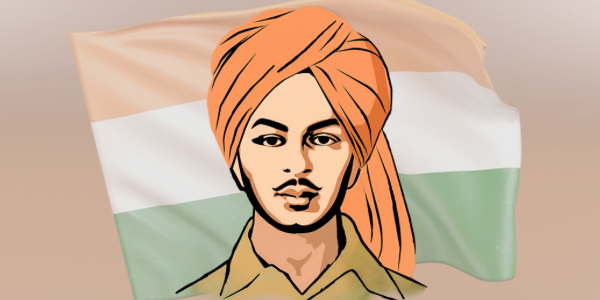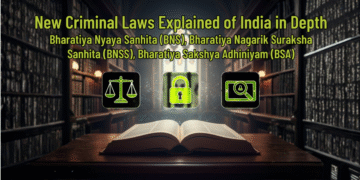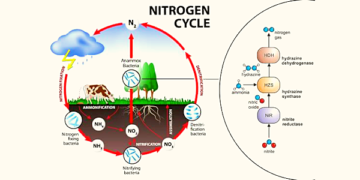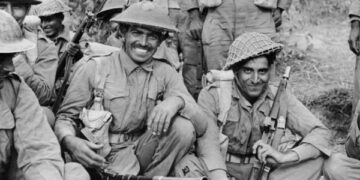Bhagat Singh is a key character in the Indian independence movement’s history. He was a rebel leader who was assassinated by British soldiers. For the UPSC Indian history section read all about Bhagat Singh’s contributions and role in the revolutionary liberation fight in this article. You’ll also learn about Bhagat Singh’s background, his birthday (Jayanti), and a real photo or image of him. Also, This is a crucial topic for your UPSC test, so read it carefully. Let’s get this started.
Bhagat Singh: Background
On September 27, 1907, in Lyallpur, Punjab, India, Bhagat Singh was born (Birthday/Jayanti), Present-day Pakistan
Dayanand Anglo Vedic High School, run by the Arya Samaj (a modern Hindu reform organization), and National College, both in Lahore, where Bhagat Singh studied.
His family had been involved in the freedom struggle since he was a child, and he was captivated by the Indian independence movement from an early age. His father and uncle, Ajit Singh, were prominent in progressive politics, participating in the Canal Colonization Bill movement in 1907 and the Ghadar Movement of 1914–1915.
In 1923, he enrolled at the National College in Lahore, which had been established two years before by Lala Lajpat Rai in reaction to Mahatma Gandhi’s non-cooperation movement, which encouraged Indian students to avoid schools and colleges supported by the British Indian government.
He disobeyed the British government as a child by destroying textbooks that it advised.
The Jallianwala Bagh massacre (1919) and the violence against unarmed Akali protestors at Nankana Sahib had a profound impact on him (1921).
Why in the news:
On 23 March, Prime Minister Modi paid tribute to liberation warriors Bhagat Singh, Sukhdev, and Rajguru. In India, the 23rd of March is Shaheed Diwas or Martyrs’ Day. On this day, India’s three liberation fighters, Bhagat Singh, Sukhdev Thapar, and Shivaram Rajguru, were hanged. On March 23, 1991, British colonizers executed them all in the Lahore Conspiracy Case. The Punjab government has proclaimed Shaheed Diwas as a public holiday.
We will also discuss Bhagat Singh’s contribution to the freedom struggle, as well as his ideology, legacy, birthday (Jayanti), and real photos or images. Take a look at another important topic for UPSC here: UPSC study materials before proceeding.
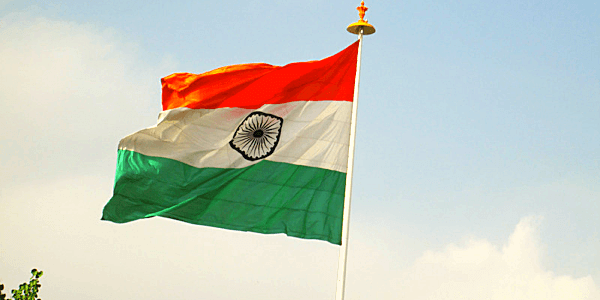
Bhagat Singh Contribution to Freedom Struggle
Lahore Conspiracy Case
- Despite numerous revolutionary leaders having come before him, Bhagat Singh’s name is always mentioned first when discussing India’s revolutionary liberation warriors.
- His Naujawan Bharat Sabha was started in 1926.
- This organization hoped to spark a revolt against British rule by bringing together peasants and workers.
- Singh was the secretary for the organization.
- With the help of Sukhdev, Chandrashekhar Azad, and others, he founded the Hindustan Socialist Republican Association (HSRA) in 1928.
- In 1928, Lala Lajpat Rai died as a result of injuries sustained in a police lathi charge carried out on the orders of Superintendent of Police James Scott.
- Bhagat Singh and his revolutionaries group of friends decided to avenge the beloved leader’s death.
- They assassinated another police officer, J P Saunders, in a case of mistaken identity. The Lahore Conspiracy Case included this.
- Singh fled Lahore and changed his appearance after this occurrence.
Central Assembly Bombing case
- From the Visitors’ Gallery of the Central Assembly in Delhi, Bhagat Singh and Batukeshwar Dutt detonated a bomb on April 8, 1929. They also distributed literature and chanted revolutionary slogans.
- Both revolutionaries did not fight arrest because they wanted to use the trial as a platform to preach their revolutionary and anti-imperialist message.
- Throughout the arrest, they chanted chants like “Inquilab Zindabad.” Among the youth and many independence warriors, the slogan became fairly popular.
- There were no injuries or deaths as a result of the incident because it was never their goal to harm anyone physically. ‘To make the deaf hear,’ they said.
- The attack was planned by Bhagat Singh, who was inspired by Auguste Vaillant, a French anarchist who was hanged for a similar incident in Paris.
- Singh and Dutt were both convicted to life in prison as a result of the trial that followed.
- Bhagat Singh was also implicated in the murder of JP Saunders by this time. He was charged with the murder of Saunders alongside Rajguru and Sukhdev.
Bhagat Singh Execution
In the murder of Saunders, Bhagat Singh was arrested and charged. Rajguru, Sukhdev, and other others were imprisoned alongside him. In July of 1929, the trial began. Singh and others staged a hunger strike in the Lahore prison where these freedom fighters were held. Because they were to be deemed political prisoners, the strike was called to demand better treatment. Many leaders, including Jawaharlal Nehru, met with these revolutionary leaders and conveyed their sadness at their suffering.
He went on a 116-day hunger strike, which he ended after his father and Congress leaders asked him to. It goes without saying that the trial was biassed, and Bhagat Singh, Sukhdev, and Rajguru were all sentenced to death. This unfair trial and subsequent death sentence drew widespread condemnation from a variety of perspectives. Several national leaders begged that the sentence be reduced, but the British did not listen.
The trial was obviously biased, and Singh, Rajguru, and Sukhdev were all sentenced to death. Many people expressed their displeasure with the trial and ensuing sentencing. Many national leaders asked for a lower sentence, but they were denied. The three were sentenced to be hanged on March 24, 1931. However, the sentence was carried out at the Lahore Jail a day early. Their dead remains were burned in secret after they were hanged. As he was hanged, Singh is alleged to have yelled out, “Down with British imperialism!” The Indian people, particularly the youth, were outraged by the killing, and many were inspired to join the liberation struggle.
In honor of Bhagat Singh, Rajguru, and Sukhdev, the 23rd of March is honored as ‘Martyrs’ Day,’ or ‘Shaheed Diwas,’ or ‘Sarvodaya Day.’
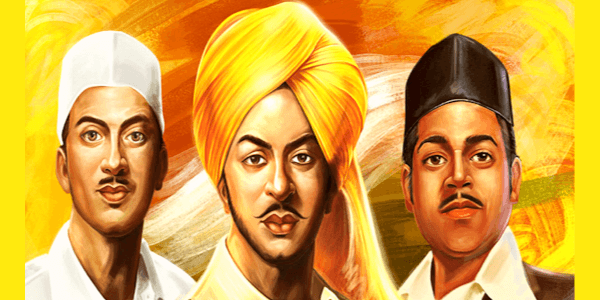
Ideology in Politics
- His ambition for “azaadi” independence was not limited to the expulsion of the British; rather, he demanded azaadi freedom from poverty, untouchability, communal warfare, and all forms of discrimination and exploitation.
- Kartar Singh Sarabha, the Ghadar Party’s founder, was his hero.
- Bhagat was also influenced by Bhai Parmanand, another Ghadar Party founder.
- Also, Anarchism and communism drew him in. He was a voracious reader of Mikhail Bakunin’s theories and Karl Marx, Vladimir Lenin, and Leon Trotsky.
- Therefore, While imprisoned in the Lahore Central Jail in 1930, Bhagat Singh wrote an article titled “Why I am an Atheist.”
Legacy of Bhagat Singh
- An 18-foot bronze statue of Singh was unveiled in the Indian Parliament on August 15, 2008, alongside statues of Indira Gandhi and Subhas Chandra Bose.
- In remembrance of Bhagat Singh, Sukhdev, and Rajguru, the National Martyrs Memorial was established at Hussainiwala.
- The Shaheedi Mela (Punjabi: Martyrdom Fair) is a yearly event on March 23rd where people pay their respects to the National Martyrs Memorial.
- On the 50th anniversary of Sardar Bhagat Singh’s death, the Shaheed-e-Azam Sardar Bhagat Singh Museum opened in his ancestral hamlet of Khatkar Kalan.
- He was a devout reader and atheist, and his book “Why I Am an Athiest” is well-known.
Bhagat Singh Real images & Photo

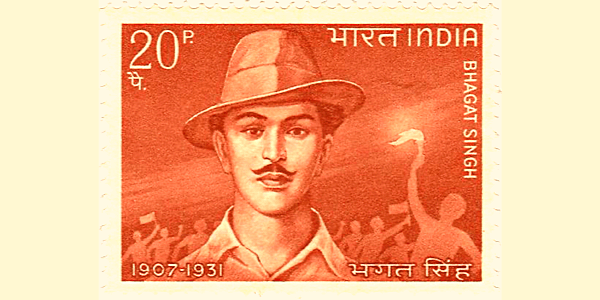
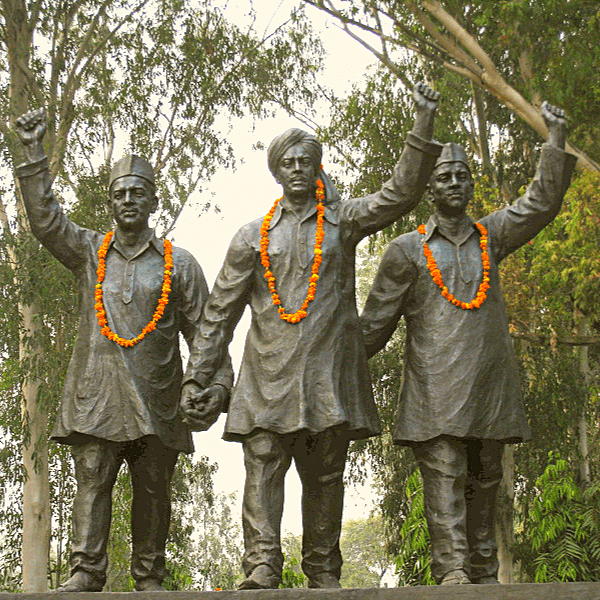
Conclusion
Bhagat Singh was a 23-year-old Indian rebel and independence fighter who British colonizers hung. We have provided information on Bhagat Singh in this article. We also talked about Bhagat Singh’s birthday (Jayanti), contribution to liberation, legacy, real photo and image, and other things. Also, Remember to study this topic because, as previously indicated, it is essential to your UPSC preparation. Visit the UPSC official website for the most up-to-date information on the exam.
FAQ- Bhagat Singh
Bhagat Singh was a part of the Hindustan Socialist Republican Association, an Indian revolutionary organization. Also, He was an agnostic who supported socialism, and he contributed several pieces to Kirti on the subject of anarchism and socialism.
Singh continues to be a source of inspiration for India’s youth. In a poll conducted by the Indian magazine India in 2008, he was voted the “Greatest Indian,” beating out Bose and Gandhi. Therefore, To memorialize him and his principles, a group of academics founded the Bhagat Singh Sansthan on the centennial of his birthday. On March 23, 2001, and March 23, 2005, the Indian Parliament paid tribute to Singh and observed a minute’s silence in his honor.
On October 7, 1969, the weapon, a. 32 colts made in the United States, was last seen in Punjab at the Police Academy in Phillaur. Also, The Hussainiwala border museum in the Ferozepur district will host a display of a handgun used by independence fighter Bhagat Singh.
Editor’s Note | Bhagat Singh
In conclusion, Bhagat Singh is a revolutionary freedom fighter. We discussed Bhagat Singh’s birthday (Jayanti), his contribution to freedom, his legacy, his real photo and image, and other details. Also, We’ll repeat it: make a list of essential points as you read this essay. As we all know, this exam is difficult, and it necessitates a lot of effort and dedication. So, while studying for your exam, give it your all. Finally, best of luck.

